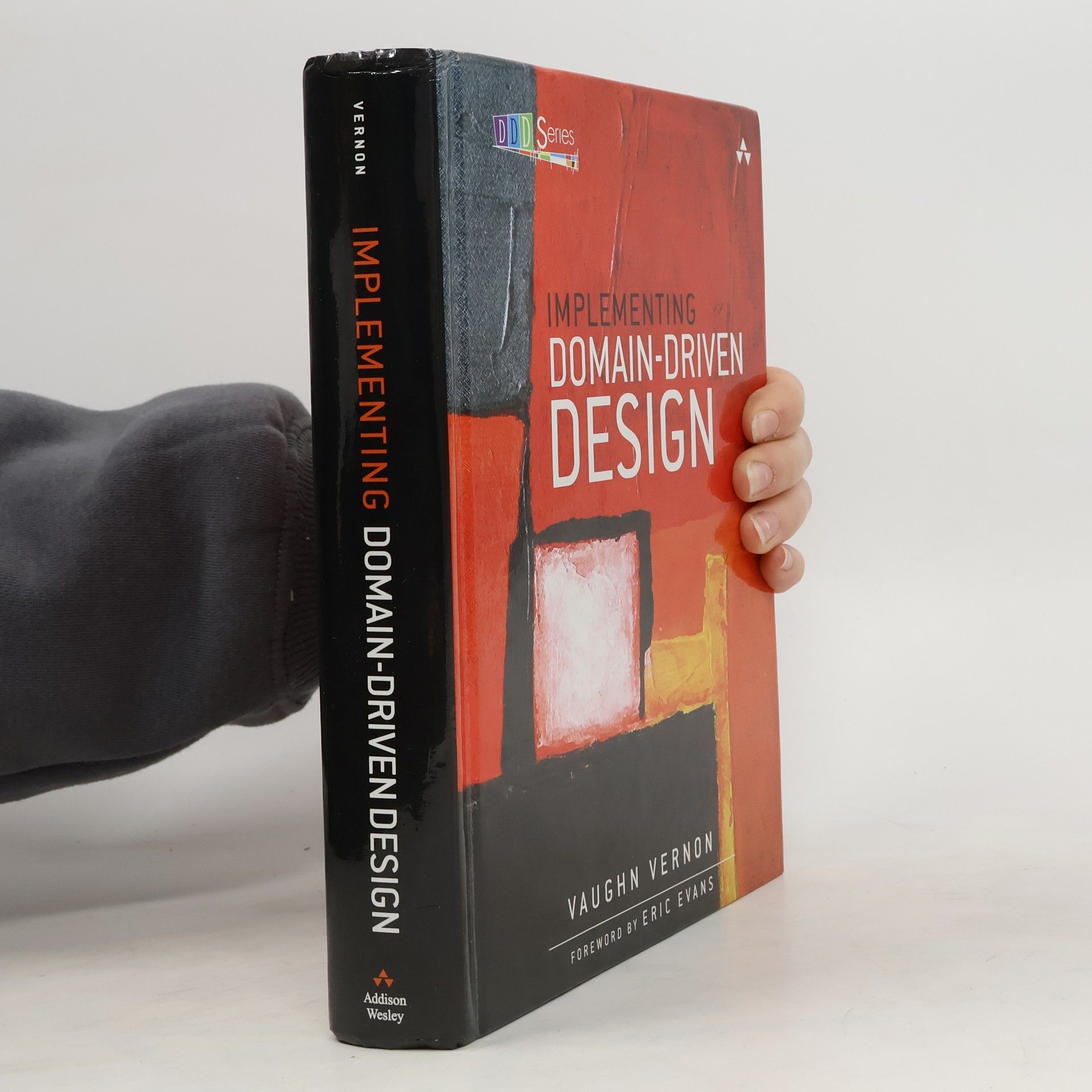Domain-Driven Design (DDD) richtet den Fokus in der Softwareentwicklung auf das Wesentliche: die Domäne. Die Domäne wird als Modell in die Software übertragen. Damit entwickeln Sie Software in hoher Qualität, die lange hält, den Anwender zufriedenstellt und die Basis für Microservices bildet. Dieses Buch bietet einen kompakten Einstieg in DDD. Die wesentlichen Konzepte, wie die Entwicklung einer Ubiquitous Language, das Aufteilen der Domäne in Bounded Contexts und die Konstruktion innerhalb von Bounded Contexts, werden vermittelt. Außerdem wird die Anbindung von Legacy-Systemen behandelt. Die Themen im Einzelnen: - Strategisches Design mit Bounded Contexts und der Ubiquitous Language - Strategisches Design mit Subdomains - Strategisches Design mit Context Mapping - Taktisches Design mit Aggregates - Taktisches Design mit Domain Events Auch auf Techniken zur Beschleunigung von Design und das Management von Projekten wird eingegangen. Insbesondere wird erläutert, wie Event Storming, DDD in einem agilen Projekt und die Modellierung mit Timebox funktionieren. Der Leser findet in diesem Buch viele konkrete Handlungsvorschläge für die Praxis und wird so befähigt, die Zusammenarbeit von Entwicklern und Domain Experts sowie zwischen Teams zu fördern. Als Extra befindet sich ein Glossar mit den wichtigsten DDD-Begriffen auf den Umschlaginnenseiten.
Vaughn Vernon Bücher





Vaughn Vernon presents concrete and realistic domain-driven design (DDD) techniques through examples from familiar domains, such as a Scrum-based project management application that integrates with a collaboration suite and security provider. Each principle is backed up by realistic Java examples, and all content is tied together by a single case study of a company charged with delivering a set of advanced software systems with DDD.
Strategic Monoliths and Microservices
- 348 Seiten
- 13 Lesestunden
Most recent microservices books fully buy into the hype, starting from the premise that microservices are nearly always the best approach to developing enterprise systems. But that isn't always a safe assumption: in fact, in some cases, it can be disastrous, leading to architectures that serve nobody well. Strategic Microservices and Monoliths helps business decision-makers and technical team members collaborate to clearly understand their strategic problems, and identify their optimal architectural approaches, whether those turns out to be distributed microservices, well-modularized monoliths, or coarser-grade services partway between the two. Writing for executives and IT professionals alike, leading software architecture expert Vaughn Vernon and Tomasz Jaskula guide you through making balanced architecture compositional decisions based on need and purpose rather than popular opinion, so you can maximize business value and deliver systems that evolve more easily. Throughout, the authors provide realistic application examples, showing how to construct well-designed monoliths that are maintainable and extensible, and how to decompose massively tangled legacy systems into truly effective microservices.
Reactive Messaging Patterns with the Actor Model
- 480 Seiten
- 17 Lesestunden
Przedsiębiorstwo, jeśli ma osiągać satysfakcjonujące wyniki biznesowe, musi używać dobrego oprogramowania. Aby jednak zapewnić firmie pozycję lidera i decydować o przyszłości branży, trzeba czegoś więcej: odwagi we wprowadzaniu i wdrażaniu innowacji. Innowacje te powinny być wspierane przez inteligentne decyzje architektoniczne ukierunkowane na cele firmy, osiągane wyniki i zapewnienie sobie przewagi konkurencyjnej w przyszłości. Niestety podczas projektowania oprogramowania architekci często kierują się przyzwyczajeniami bądź aktualnie obowiązującą modą. Niniejsza książka jest przeznaczona dla kadry kierowniczej najwyższego szczebla oraz dla osób sterujących rozwojem oprogramowania w firmie. Ma pomóc w zrozumieniu problemów strategicznych, z jakimi te osoby się mierzą, a także ułatwić wybór najlepszego rozwiązania architektonicznego. W książce opisano, kiedy zdecydować się na rozproszone mikrousługi czy dobrze zmodularyzowane monolity, a kiedy na usługi będące połączeniem obu rozwiązań. Dokładnie wyjaśniono, w jak dużym stopniu wyważone decyzje architektoniczne umożliwiają maksymalizację wartości i innowacyjności, dostarczanie łatwych do rozwijania systemów i unikanie kosztownych błędów. Nie zabrakło w niej również praktycznych wskazówek, jak tworzyć dobrze zaprojektowane monolity, które można bez problemu utrzymywać i rozwijać, oraz jak stopniowo przekształcać starsze systemy w prawdziwie efektywne mikrousługi. Najciekawsze zagadnienia: łączenie planowania architektury z wprowadzaniem innowacji w firmie problemy komunikacyjne a eksperymentowanie z innowacjami praktyczne podejście do strategicznych inwestycji najlepsze style architektoniczne wybór między systemem monolitycznym a mikrousługami przekształcanie monolitów w mikrousługi Przepis na sukces tkwi w doskonałości podejścia architektonicznego!